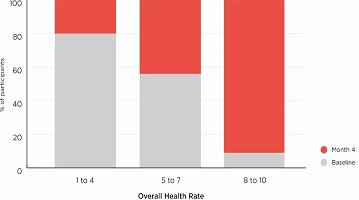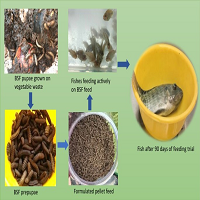Recognizing the epidemic of diabetes in the United States, the Centers for Disease Control projected that as many as one third of the population will have diabetes by 2050, without a concerted effort to change the lifestyles and habits of people diagnosed with diabetes.1 Further, the World Health Organization (2014) announced that diabetes had become a global epidemic.
Occupational therapy has been described as a rehabilitation profession that helps a person with disease to improve their ability to function in everyday life activities or to adapt to their environmental demands, in order to continue to function to the best of their abilities.2 The majority of occupational therapists in the United States have focused their interventions and research studies on development of the most effective ways to treat the tertiary complications of the disease such as: peripheral neuropathy, retinopathy, cardiac disease, cerebral vascular accident, and amputation. The consequences of poorly controlled or uncontrolled diabetes have devastated the health of people with diabetes by providing them with shorter life spans, poor quality of life, further disability, and increased morbidity.3
Having been told of their potential for debilitation, many people with diabetes may not have been able to understand and visualize their dismal futures, or had deliberately chosen not to make the necessary lifestyle changes that could maintain their quality of life for as long as possible. In addition, older adults, non-native English speakers, racial and ethnic groups with health disparities, and those with health problems have lower levels of health literacy that has led to higher morbidity and severe health risks, when compared to the normal population.4
Some occupational therapists researched intervention approaches that targeted secondary prevention and demonstrated improvement in diabetes adherence behaviors.5,6,7,8,9,10These studies provided individual and group interventions designed for Mexican-Americans with type 2 diabetes mellitus who were adherent to the recommendations for self-care from their physicians, health educators and nurses. The aim of these research studies was to provide culturally-sensitive and meaningful activity-based self-care interventions that motivated lifestyle changes that were sustainable over time.
Most health practitioners have studied issues of cultural-competency and have received training towards this end, so that their work with people from cultures other than their own could be more effective. Please notice that this author used the words cultural sensitivity in place of the more popular term of cultural competency. This was to imply that health professionals may not truly become competent, unless they have immersed themselves and lived as part of the culture that they want to understand. So, cultural-competency is the ultimate end goal. The means to that end would be everything that the practitioner would do towards achieving awareness and sensitivity to the needs of the person or people that they work with, and to modify their approach to health education accordingly.
For this reason, the Diabetes Research-Open Journal will feature research articles that have focused on secondary prevention of diabetes complications for subjects of any age and any type of diabetes, and provided health education interventions that were culturally-sensitive to the needs of the population or individuals studied. This would include the gamut of research from single case or single-subject research, through the highest level studies with double-blind placebo controlled trials.








